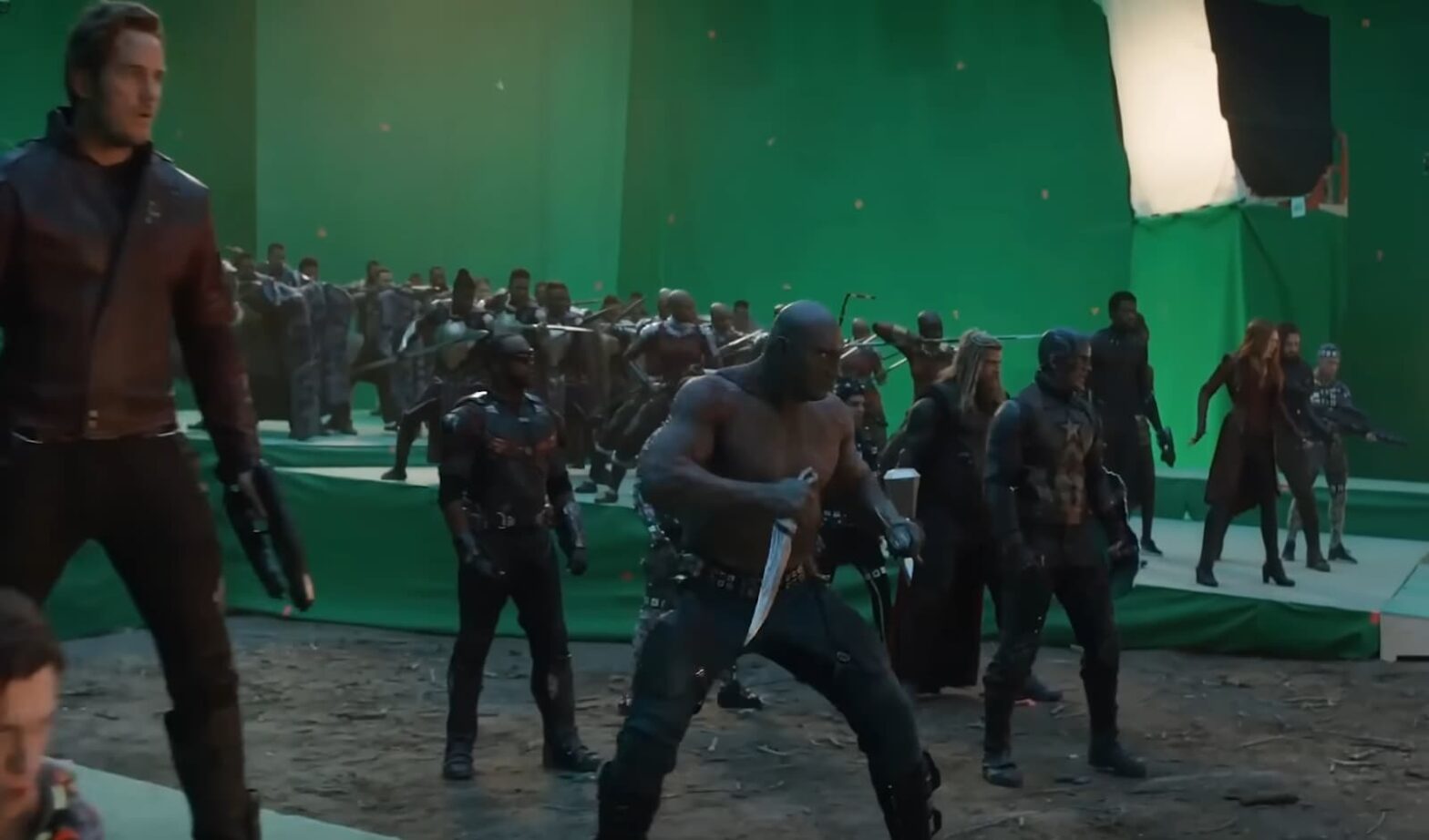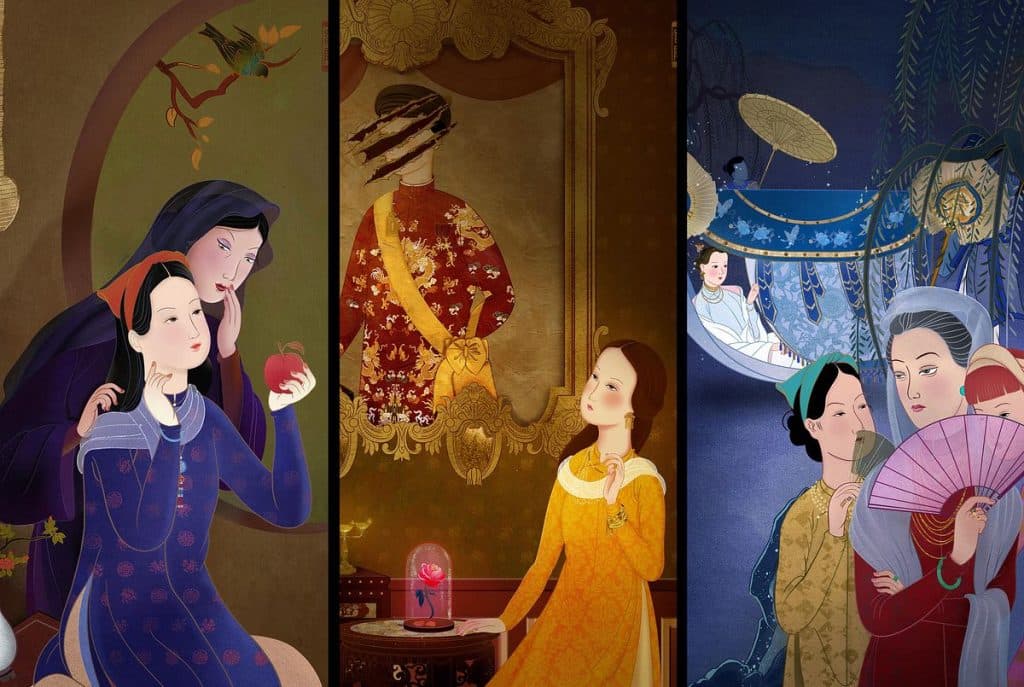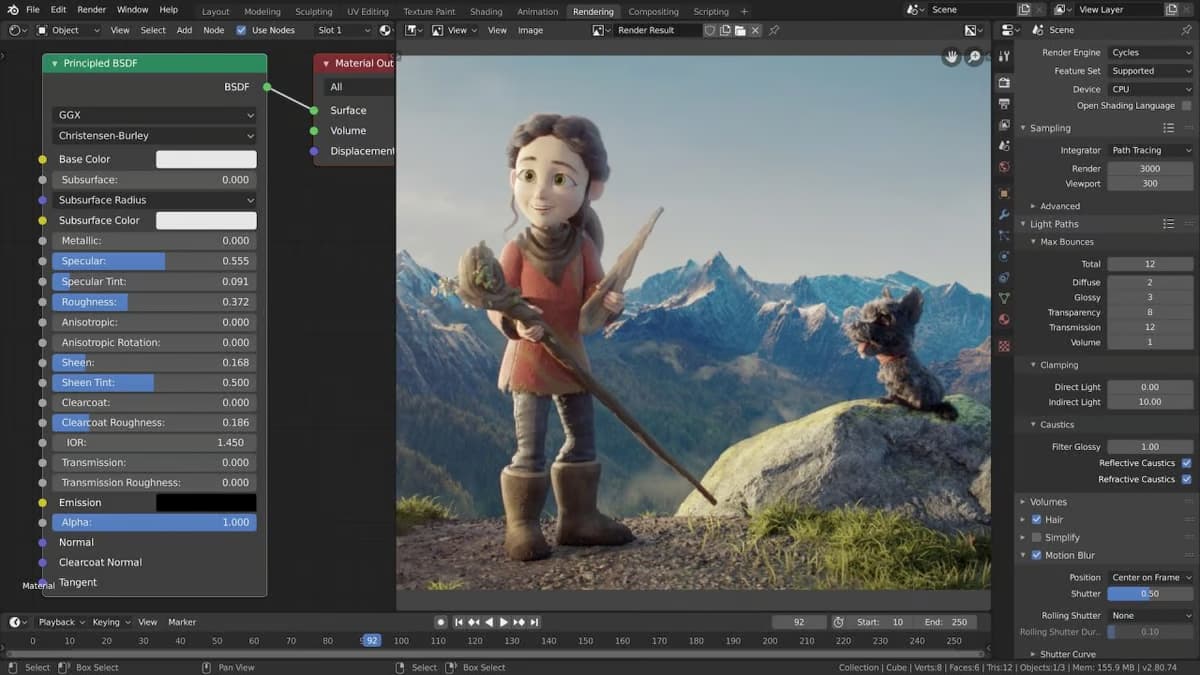Computer-generated imagery (CGI) has emerged as a dominant force in animation films across various genres, revolutionizing cinema with its unparalleled visual effects. While CGI has propelled cinematic advancements, it has also faced criticism in recent times. So, what precisely is CGI, how is it employed, and how does it enable the portrayal of imaginative yet believable narratives?
Understanding Computer-Generated Imagery (CGI)
Defining computer-generated imagery (CGI) proves to be a multifaceted task due to its diverse applications in visual effects. So, before delving into notable examples, let’s elucidate the concept of “What is CGI?”.
- Computer-generated imagery (CGI) encompasses the utilization of computer graphics in artistic and media endeavors;
- These graphics can manifest as either 2D or 3D animations, objects, or renderings, finding their place in various forms of art and media, spanning from films to television programs, video games, and simulations.
The versatility of CGI finds expression across a broad spectrum of films, ranging from grand science fiction epics to intimate dramas. Its applications vary widely, from animating entire environments to refining details of characters and settings. In recent times, CGI has emerged as the primary visual effect in blockbuster cinema, whether subtly integrated or prominently featured.
The CGI Revolution: Film and Animation Impact
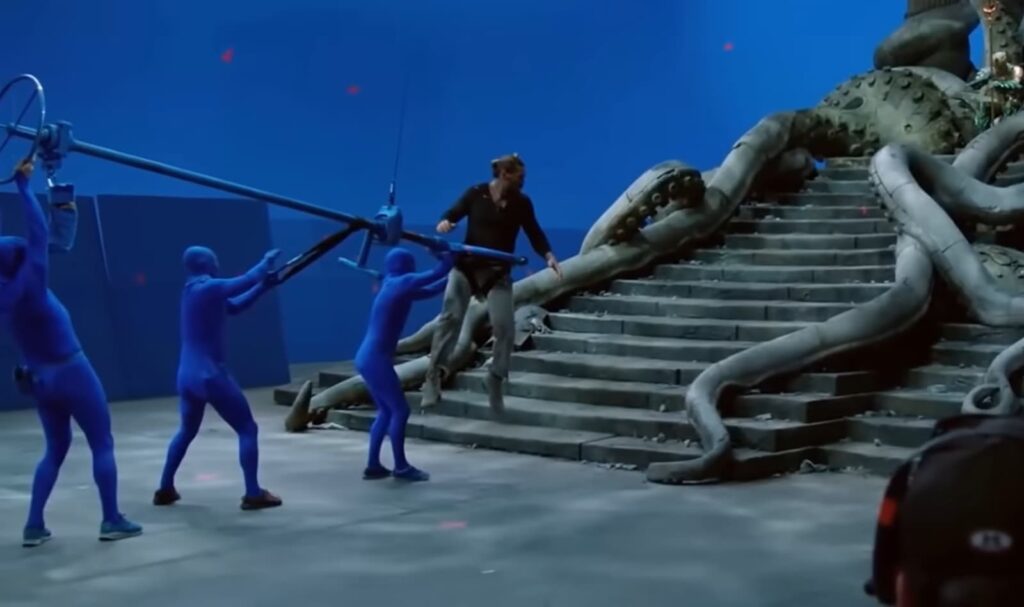
The origins of Computer-Generated Imagery (CGI) can be traced back to the 1960s, marking the advent of computer animation. This era witnessed the pioneering efforts of numerous inventors and companies, initially focusing on two-dimensional animations. These early endeavors found applications across diverse sectors, including science, engineering, and later, healthcare.
As the technology evolved, filmmakers began to explore the possibilities of integrating CGI into movies, leading to the production of some of the earliest films featuring computer animation. In 1973, “Westworld” showcased digital imagery, while “Star Wars” (1977) and “Alien” (1979) introduced audiences to the concept of wire-frame models, albeit in a limited capacity.
The 1980s saw a significant expansion in the use of CGI in cinema, with films like “Tron” (1982), “The Last Starfighter” (1984), and “Young Sherlock Holmes” (1985) pioneering the creation of full-scale models and lifelike characters through computer graphics. This period marked a turning point, setting the stage for the extensive use of CGI in film production.
Today, CGI is synonymous with Visual Effects (VFX) work, encompassing 3D models of humans, creatures, structures, vehicles, and dynamic scenes such as explosions. These elements are seamlessly integrated into live-action sequences, creating immersive experiences that are now a staple in high-budget productions.
CGI’s versatility allows it to be a vital component across genres, from historical dramas to sci-fi epics. In period dramas, CGI enhances authenticity by populating scenes with era-appropriate details. In contrast, science fiction movies often rely on CGI for nearly all visual elements, including characters, vehicles, and environments, making it an indispensable tool in modern filmmaking.
Illustrative CGI Demonstrations
The landscape of cinema has been profoundly transformed by computer-generated imagery (CGI), from its subtle integration in pioneering shows like Westworld to its full-fledged realization in groundbreaking animations such as Toy Story. This technology has not only powered the fantastical worlds of contemporary superhero epics, including Spider-Man: Into the Spider-Verse and Avengers: Infinity War, but it has also become accessible to a wide array of genres, catering to a diverse audience.
Understanding the origins and evolution of CGI is essential for appreciating its current scope and potential future directions, especially in addressing CGI-related discussions. Today, CGI transcends the realm of high-budget films, offering filmmakers with limited visual effects budgets the possibility to reserve CGI for pivotal moments. This democratization of CGI technology enables creators to bring their visions to life, even with constrained resources, by leveraging CGI in innovative ways.
- CGI’s impact is prominently showcased in films by James Cameron, where it has played a crucial role in realizing complex visual narratives. The T-1000 character in Terminator 2 (1991) and the immersive environments of Titanic (1997) and Avatar (2009) exemplify how CGI, when combined with diverse visual effects (VFX), can create unparalleled cinematic experiences;
- Films that utilize CGI effectively often blend it with practical effects to enhance realism. Jurassic Park (1993) set a benchmark by combining CGI with practical effects, achieving a level of realism in its depiction of dinosaurs that had been unprecedented. Meanwhile, other productions have employed CGI more subtly, enriching scenes with enhanced textures, characters, or elements to deepen the audience’s immersion. For instance, Zodiac (2007) extensively used CGI to recreate historical environments and details, showcasing the technology’s capability to augment reality.
Originally a staple of fantasy films, CGI has expanded its reach across various filmmaking genres, breaking previous cost and accessibility barriers. This expansion has not only allowed a broader spectrum of films to incorporate CGI but has also established it as a standard in certain genres, like children’s movies, where it is integral to storytelling.
The evolution of CGI from a niche tool to a ubiquitous element in film production underscores its transformative impact on the industry, enabling storytellers to explore and create in ways that were once deemed impossible.
Exploring the Evolution and Diversity of CGI Animation
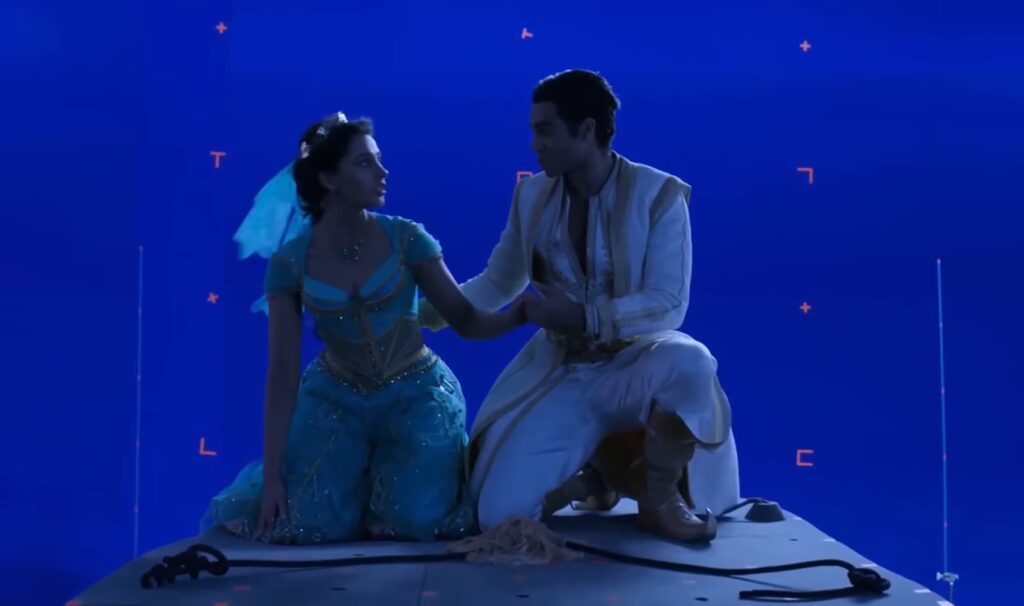
CGI animation, or computer-generated imagery animation, has revolutionized the world of filmmaking with its boundless possibilities. While traditional hand-drawn and stop-motion animation once reigned supreme, CGI quickly emerged as a dominant force in the industry.
In the early days, CGI animation was predominantly showcased in fully animated movies, marking a significant shift from traditional methods. Films like Pixar’s groundbreaking “Toy Story” (1995) set a new standard, blending innovative storytelling with cutting-edge computer-generated visuals. This marked the dawn of a new era where filmmakers could craft intricate three-dimensional worlds without the constraints of traditional animation techniques.
- The success of “Toy Story” paved the way for other studios to venture into CGI animation. Dreamworks’ “Antz” (1998) and “Shrek” (2001) demonstrated the studio’s prowess in this evolving medium, captivating audiences with their inventive storytelling and lifelike animation;
- Since then, CGI animation has flourished, with studios like Disney, Pixar, Dreamworks, and Illumination Studios pushing the boundaries of creativity and technology. Disney’s foray into 3D animated films outside of Pixar further solidified CGI animation’s prominence in the industry;
- While family-friendly animation has been largely dominated by Pixar, Disney, and Dreamworks, Illumination Studios has emerged as a formidable player, carving its niche with hits like “Despicable Me” (2010) and “The Secret Life of Pets” (2016).
As CGI animation continues to evolve, it remains a dynamic and ever-expanding field, offering filmmakers limitless opportunities to unleash their imagination and bring stories to life in ways previously unimaginable. With each new technological advancement, the boundaries of CGI animation are continually pushed, promising even more breathtaking cinematic experiences in the future.
Conclusion
CGI animation has revolutionized filmmaking, offering boundless creative possibilities across genres. From its inception in the 1960s to its current prominence, CGI has propelled cinematic storytelling to new heights. Whether seamlessly integrated into live-action sequences or employed in fully animated films, CGI has become an indispensable tool for filmmakers worldwide. The success of groundbreaking works like Pixar’s “Toy Story” and Dreamworks’ “Shrek” highlights CGI’s ability to captivate audiences with innovative storytelling and lifelike animation. As technology continues to advance, CGI animation will undoubtedly play an even greater role in shaping the future of cinema, promising continued innovation and breathtaking cinematic experiences for audiences globally.
